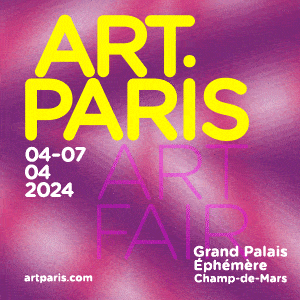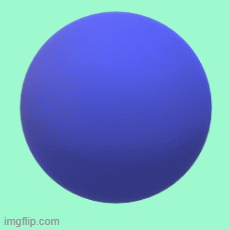Whitehot Magazine
April 2024
"The Best Art In The World"
"The Best Art In The World"
April 2024
March 2012: Stuart Brisley @ Exile
 Stuart Brisley, Shadow, 2012
Stuart Brisley, Shadow, 2012
Watercolor and gouache on paper, 90cm x 135cm, (105 x 203.8 cm framed)
Stuart Brisley
Exile Gallery
Berlin
March 24 through April 29
Stuart Brisley’s new exhibition at Exile consists of four largish paintings on heavy watercolour paper, presented in immaculate archival box frames. The paintings depict English landscapes but on closer inspection their apparently bucolic subject matter becomes a blank, dark mirror reflecting anxieties of national identity.
Jerusalem depicts a rotting forest, Sink a brackish pool of dead water surrounded by leaves, whilst Pit (an inversion of the former) shows the view from the bottom of a hole, escape prevented by a snarls of roots and branches.
In Shadow, a copse of trees sits in a field of wheat, a shining city on a hill threatened by an encroaching shadow, as out of reach as the cover of a 1950’s Ladybird book. Shadow is painted in a style self consciously reminiscent of the Little England clichés of the right. A kind of capitalist realism - this is what you want, this is what you deserve, paranoia creeping out across the land.
Sink seems like a dull nod in the direction of Edwardian society painter John Singer Sargent and Jerusalem’s fanatic attention to detail ends up as a sly wink to the “all over” abstraction of the 50’s and 60’s. Titled after Blake’s poem, beloved of the last night of proms, the football terraces and party conferences alike, Jerusalem is here represented as a neglected wood, as desolate and foreboding as Kiefer’s Germanic forests but lacking their Wagnerian scale.
Brisley, an artist whose reputation is based on ferocious performance rituals and post Marxist political critique, was always first and foremost, a painter. Even in the extreme corporeality of his performance work, his early concerns as a painter (structure and event, viscerality and ritual, social and political contextualization) can be seen. Here though, the act of painting is subordinate to its function as a token, as reference.
The style of these paintings is accomplished but at the same time deliberately somewhat academic and flat. The labour involved in their production may or may not have been therapeutic but the gesture is anything but cathartic, the mark anything but sincere. These paintings are careful deconstructions or reconstructions of genre conventions. As their titling hints, there is a whiff of subversion in the air.
 Stuart Brisley, Jerusalem, 2011
Stuart Brisley, Jerusalem, 2011
Watercolor and Gouache on paper, 80 x 125cm, (100 x 140,3 cm framed)
As fraudulent as Socialist Realism, these works feel like strategic counters placed in some glass bead art game, a ritual enactment of capitulation to the market in which Caesar is rendered his due. As the press release, quoting Ian Sinclair, is at pains to point out, this is most definitely to be understood as political work, a reaction to, “Our stunned impotence in the face of financial meltdown, political chicanery and the creeping surveillance society.”
Is this then what surrender looks like - the retreat into the melancholy contemplation of the landscape, which stares back indifferent and inauthentic, the perfect artwork for the corporate foyer of 2012? Is this the work of an artist recanting his commitment to conceptual polemic, surrendering after years of opposition?
It would seem unlikely, as recent projects by Brisley have included filling the Freud museum with faithful facsimiles of human turds and performances retelling his encounters with immanent and actual death (not to mention a 10 day work in which he built a provisional Merzbow out of the contents of an abandoned business).
Court philosophers like Roger Scruton would certainly approve a return to a “Natural Order” in which artists knew their place and the ideal of the timeless beauty and traditional values epitomized by the English countryside (and endlessly espoused by the right) are once again ascendant.
In the Cameronian imaginary the thin soil of England’s “green and pleasant land’ must be irrigated by blood (usually that of foxes) in the service of bland propaganda and nostalgic sentiment for a rural idyll that never was.
Vacated by the sublime and caught in a dead-eyed gaze, Brisley’s landscapes reject the idea of an unconstructed nature in which solace can be sought or escape found. The nagging suspicion remains however that without a familiarity with the 79-year-old artist’s work (and in the absence of the exhibition’s press release) that the political anger which informs these paintings would remain largely inscrutable.









